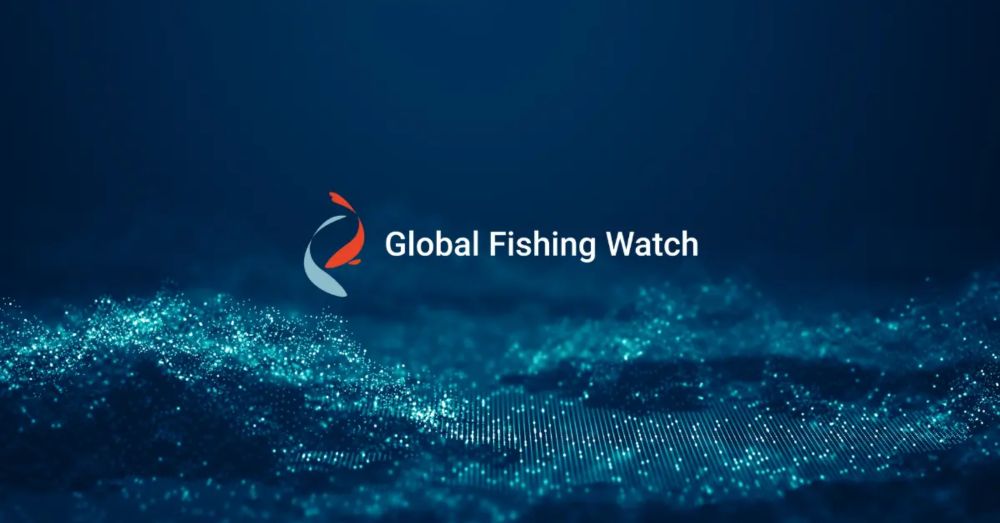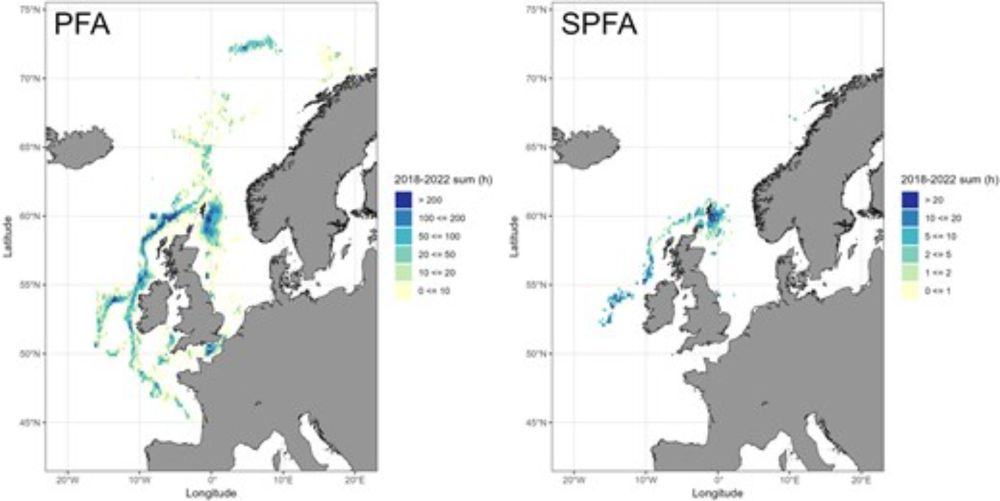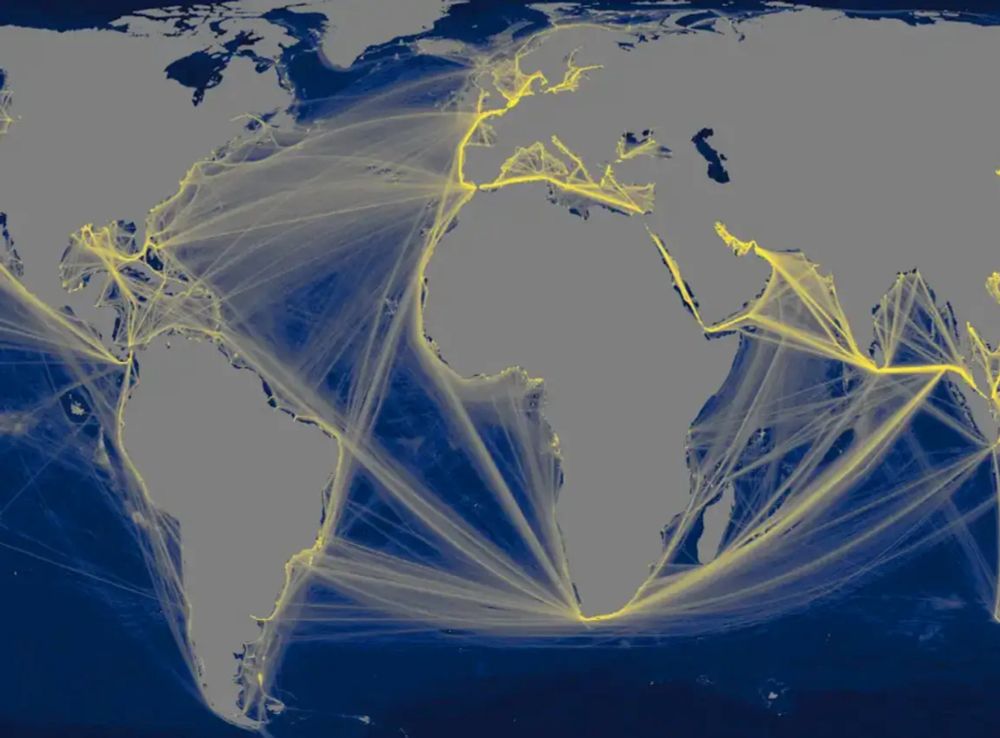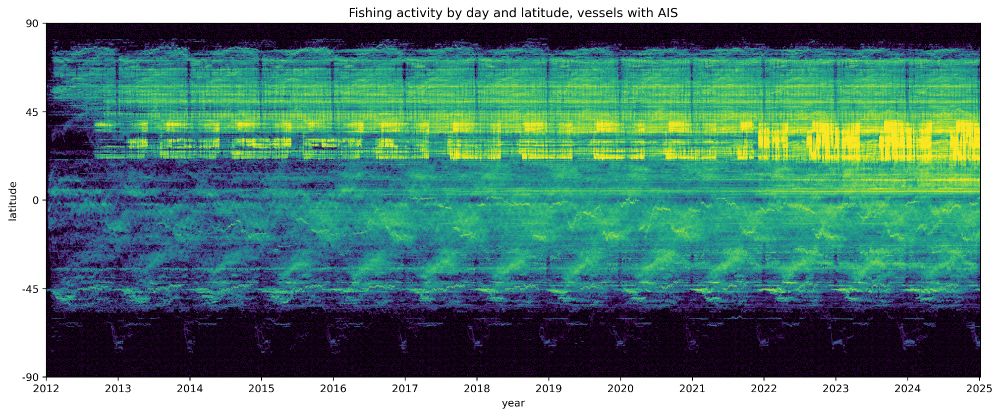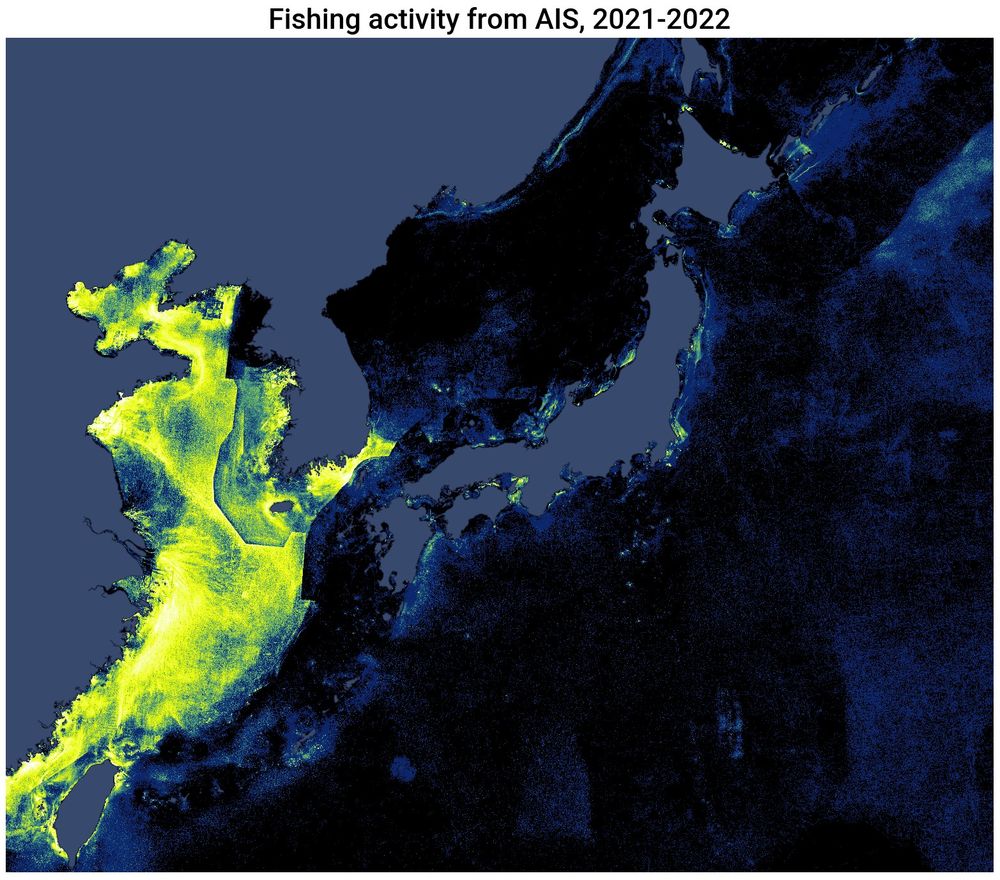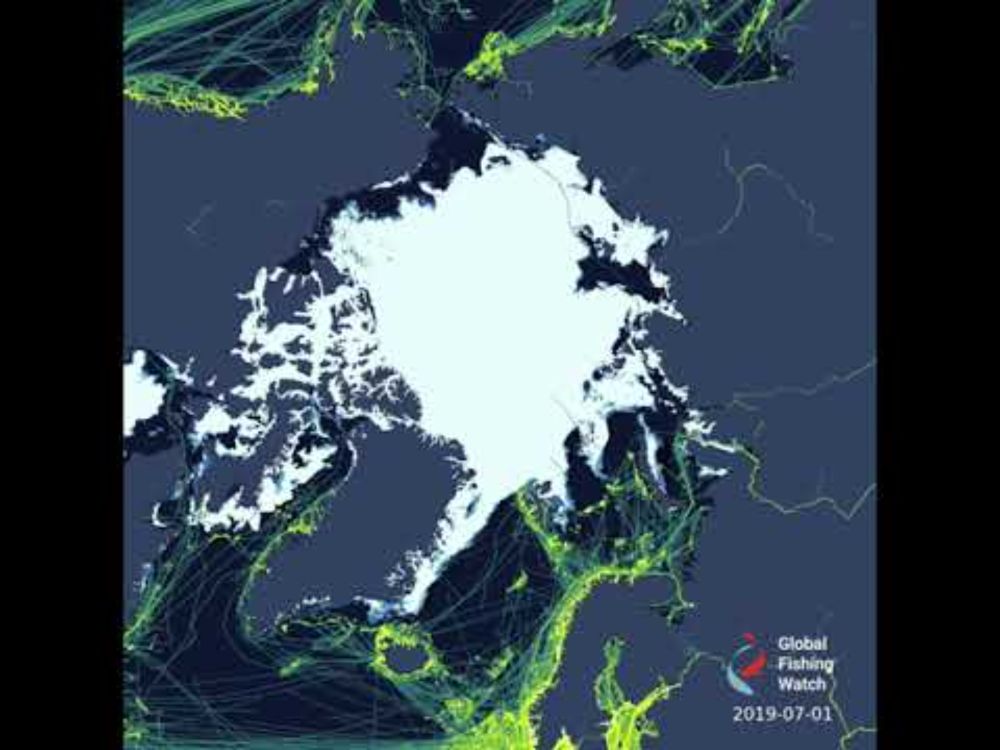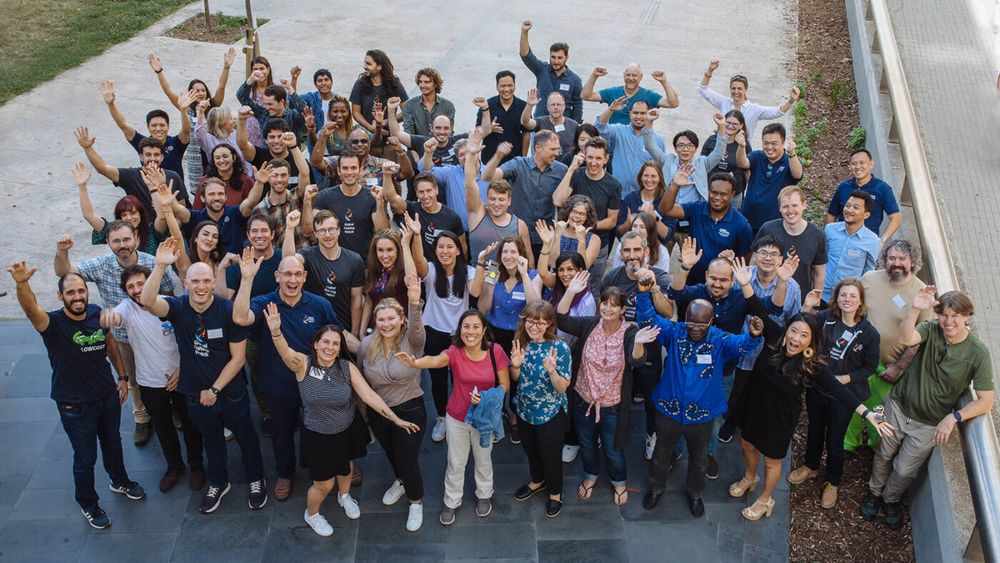David Kroodsma
@davidkroodsma.bsky.social
830 followers
250 following
68 posts
Chief Scientist, Global Fishing Watch. I lead a team that uses satellites and AI to reveal all major human activity at sea. globalfishingwatch.org
Posts
Media
Videos
Starter Packs
David Kroodsma
@davidkroodsma.bsky.social
· May 20
David Kroodsma
@davidkroodsma.bsky.social
· Mar 13
David Kroodsma
@davidkroodsma.bsky.social
· Jan 23
David Kroodsma
@davidkroodsma.bsky.social
· Jan 23
David Kroodsma
@davidkroodsma.bsky.social
· Jan 23
David Kroodsma
@davidkroodsma.bsky.social
· Jan 15
David Kroodsma
@davidkroodsma.bsky.social
· Jan 10
David Kroodsma
@davidkroodsma.bsky.social
· Jan 10
Reposted by David Kroodsma
Reposted by David Kroodsma

